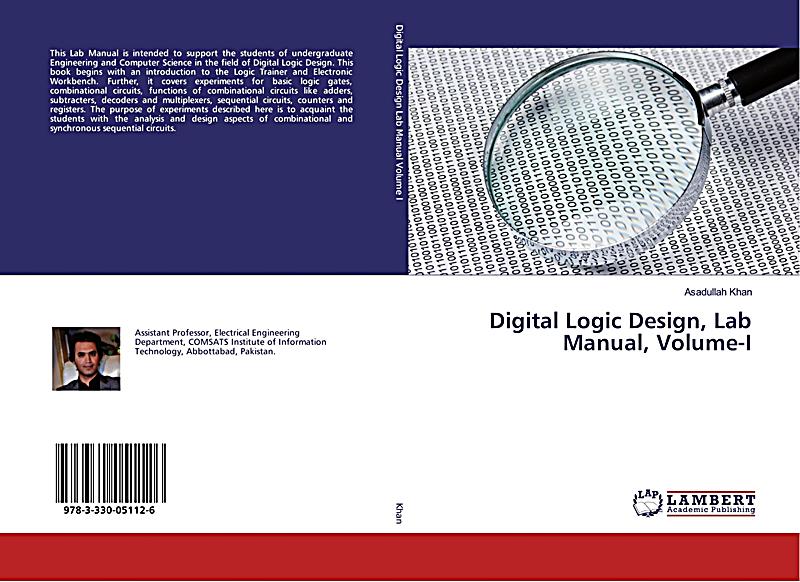Design Layout Tools Lab Manual
The lab manual was written for the v5 Cadence tools. We're now using. CAD3 - Flip Flop Design: Chapter 3 (layout) and Chapter 10 (sequential circuit design).
Space Utilization – Design, Fabrication, or Both? It’s important to consider where lab users will be designing versus making. Will everything take place in the same space or will you have a separate design studio down the hall?
Will your design computers be laptops or desktops? A separate design space should be close to the makerspace in order to minimize lengthy trips back and forth. If that is not possible, consider laptops that users can bring with them into the lab to make design changes quickly. For educators, it’s also important to consider if you will be teaching in the design lab, the makerspace, or both. If you plan to lecture in the makerspace, consider the schedules of other classes that may use the space to minimize or avoid trying to lecture over the noise of the equipment. Key Takeaway: How you plan to use the space will determine your spatial flow. University of Virginia, School of Engineering and Applied Science’s Rapid Prototyping Lab Dirty vs.
Clean Most makerspaces have two different types of equipment – dirty (makes a lot of dust and debris) and relatively clean. “Dirty” equipment often includes drill presses, table saws, other manual tools, and CNC lathes, mills, and routers. “Clean” equipment includes 3D printers, 3D scanners, laser cutters, vinyl cutters, vacuum formers, injection molders, and computers.
In an ideal situation, a makerspace has a designated dirty space and a designated clean space that are separated at the very least with a collapsible wall. Without separation, you risk dust and debris infiltrating expensive equipment such as laser tubes in laser systems or electronics bays of 3D printers. If separation is not possible, it’s important to consider different types of equipment. For example, a smaller enclosed CNC machine may be a better option than a large format table CNC router because most of the dust is contained within the machine. Key Takeaway: Separate dirty from clean equipment if possible.
If not, consider alternative equipment options. Noise Control Another reason to separate spaces is for noise control. This is especially common in labs that also feature designated computer design space and teaching space all within one lab. CNC systems will likely be the noisiest systems in the space. Many large format CNC systems have three separate noise generating components – the spindle, the vacuum table, and the dust collector. Find out how loud the system will be as a whole before purchasing.
If noise is a big concern, an enclosed system may be the answer. An enclosed machine will help keep noise levels down while lab users are concentrating on their designs. It’s also important to consider the location of a lab within your building.

If there are classrooms or workspaces nearby, consider their locations when choosing the layout of your space. In these cases, it’s usually recommended to place louder machines against exterior walls if possible. Key Takeaway: It’s easy to minimize noise disruptions with a little planning in advance. Power and Electrical Requirements One of the most common mistakes to make when planning a makerspace is assuming all equipment will run off of standard 120V electricity. For instance, some large format routers require 3 Phase power for a high frequency spindle and vacuum table pump. Many dust collectors require 240V.
These power requirements, along with any other facility requirements, will typically be listed on equipment datasheets, so make sure you read these datasheets in detail. If specialized power is required, contact an electrician to find out what it will cost to have that power installed. It’s important to finalize your lab layout as you work with an electrician because once specialized power is installed, it is difficult and expensive to rearrange it. Makerspaces that don’t allow for anything beyond standard 120V everywhere will need to be careful when selecting equipment to ensure there aren’t any surprises when the equipment arrives. Key Takeaway: Read equipment datasheets in detail to understand power requirements. Finalize your lab layout after working with an electrician.
Furniture Often workbenches and storage solutions don’t get the attention they deserve. Furniture isn’t as exciting as equipment, but it is a critical part of the overall usability of the space. Furniture is not a place to skimp by building it yourself or using extra furniture from around the facility. This often results in a space filled with furniture that isn’t appropriate. Users may end up working hunched over because tables are too short or an expensive piece of equipment may be set on top of workbench that is not rated for its weight. Storage is another big concern.
Keeping your lab space clean and organized not only makes it easier to work in, but also makes it safer. Know what you’ll need to store, how big it is, and how much of it you’ll need to have on hand at any given time. Another common mistake when it comes to furniture is basing the decision on aesthetics over functionality. Everyone wants their space to look modern and attractive, but your decision criteria should be weighted towards durability. To pick the correct furniture, think about the type of work that will be completed in the space. Will your users be using hand tools on your workbenches? Will they be soldering electronics?
Interior Design Layout Tools
Will these activities take place while standing or seated? How will these workbenches hold up to these types of activities in the long run? Some tables and workbenches may start out looking great, but if they are not designed for this type of work, they’ll lose their luster and, more importantly, usability very quickly. The best way to get a feel for your furniture needs is by visiting another space in your area that is using similar equipment to what you plan to put in your shop.
Graphic Design Layout Tools
While you are there, note the equipment and furniture and talk to the manager of this space about what they chose and why. Key Takeaway: Consider furniture with the right storage options and durability to fit your needs.
Designing for Mobility Mobility is a popular trend in makerspaces, and understandably so. Check to see if the furniture you are considering has a mobile option. Often casters can be added to workbenches to make the majority of furniture reconfigurable.
Backyard Fence Design Layout Tools
The ability to push tables together for large groups and pull tables apart for working alone gives a makerspace additional flexibility, so that it can meet the needs of a variety of different types of users. Mobility doesn’t just apply to furniture – equipment can be made mobile as well. For example, many 3D printers and laser systems can include a mobile cart option, allowing for even more flexibility within a makerspace. Key Takeaway: Mobile furniture and equipment offers an entirely new level of customization.
